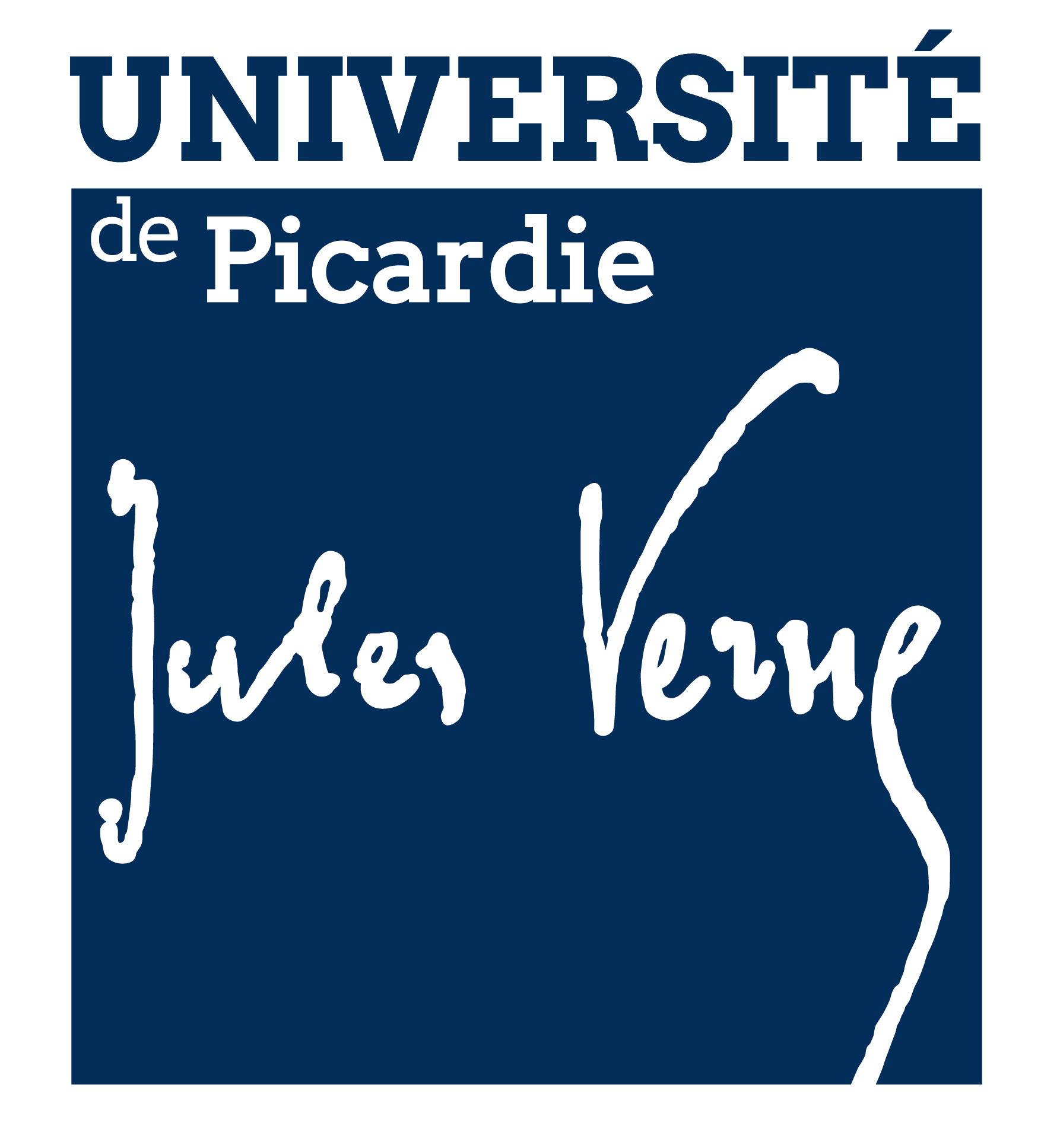Effects of phase ratios, density and particle shapes on directional thermal conductivity of vegetable concrete: A predictive model
Résumé
This work is devoted to the thermal conductivity of vegetable concrete (Lime-hemp concrete). Various parameters were investigated using a design of experiment : 5 categories of particle size, 3 binder/particle ratios (1, 1.5 and 2) and 3 target densities (300, 400 and 500 kg m). The thermal conductivity was measured in steady-state across and along particles. The results clearly depict the effect of direction on thermal conductivity, but prove that density alone is not a good predictor. As an innovative outcome, the porosity was proved to be a good indicator of the respective weights of the parallel and serial conductivity. This is explained by the negative effect of porosity on the connectivity of the binder, which was confirmed by CT scans. The effect of particle size distribution remains weak, except for the category Small, which has also the lowest elongation and for which the conductivity is nearly isotropic. General expressions are proposed to predict the conductivity from the characteristics of vegetable concretes (proportions, densities and conductivities of the gas, particle and binder phases).
Domaines
Sciences de l'ingénieur [physics]
Fichier principal
 Frantz_et_al_2024_Construction_Building_Materials_preprint.pdf (9.07 Mo)
Télécharger le fichier
Frantz_et_al_2024_Construction_Building_Materials_preprint.pdf (9.07 Mo)
Télécharger le fichier
| Origine | Fichiers produits par l'(les) auteur(s) |
|---|

